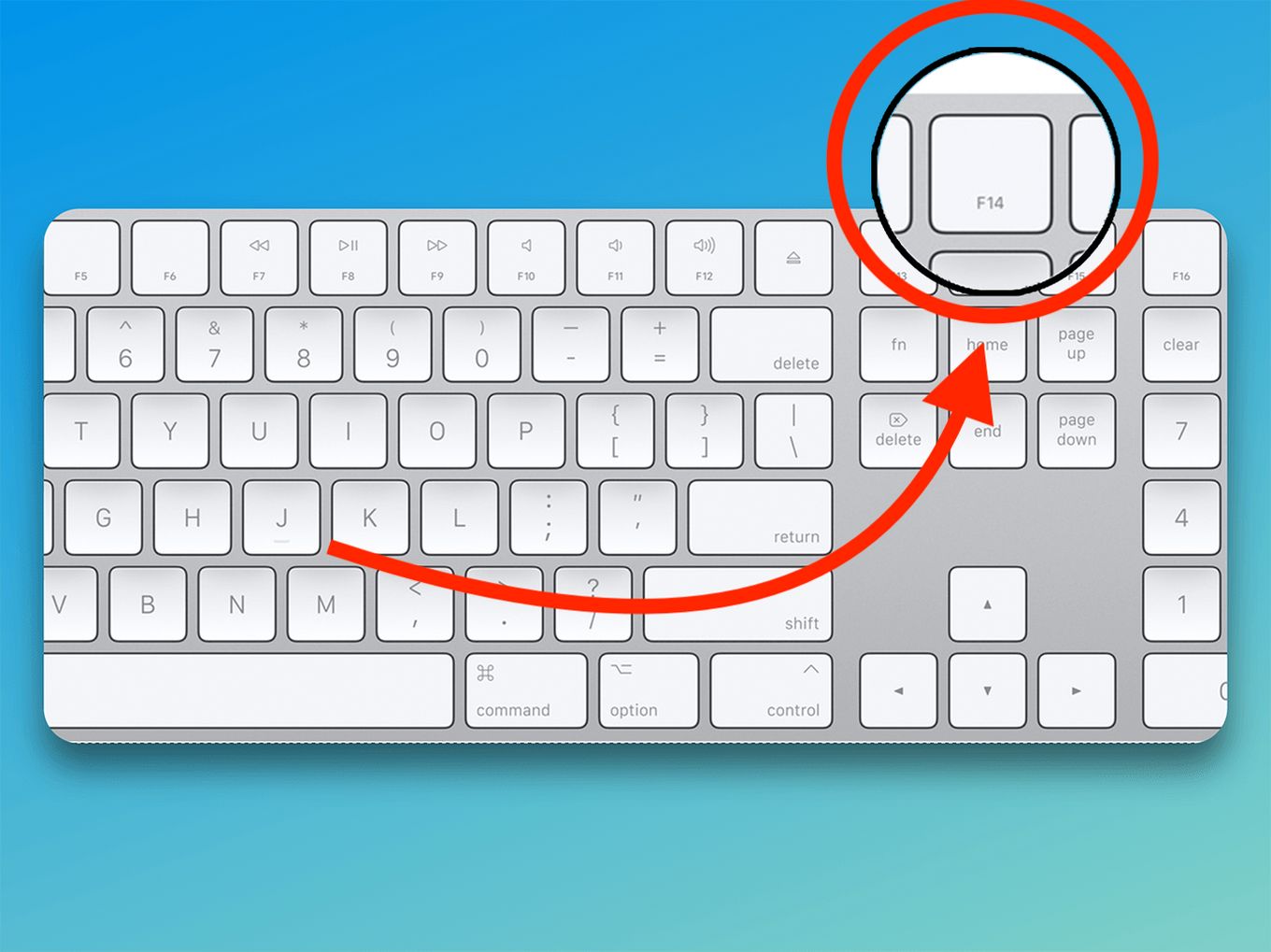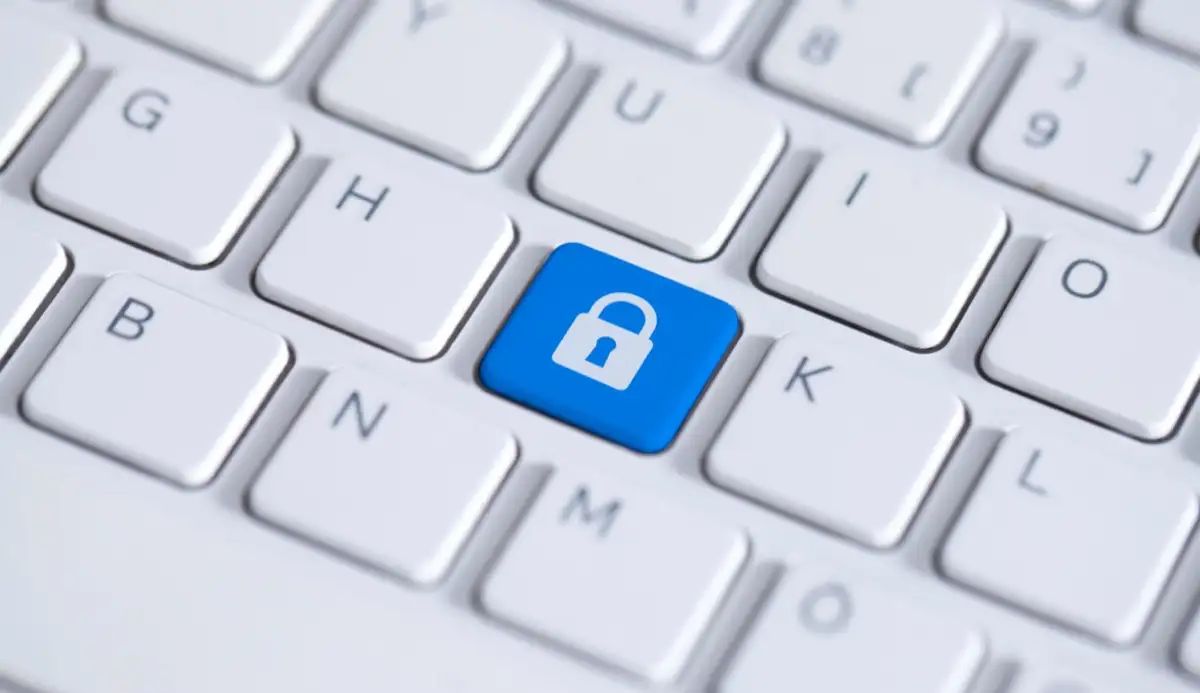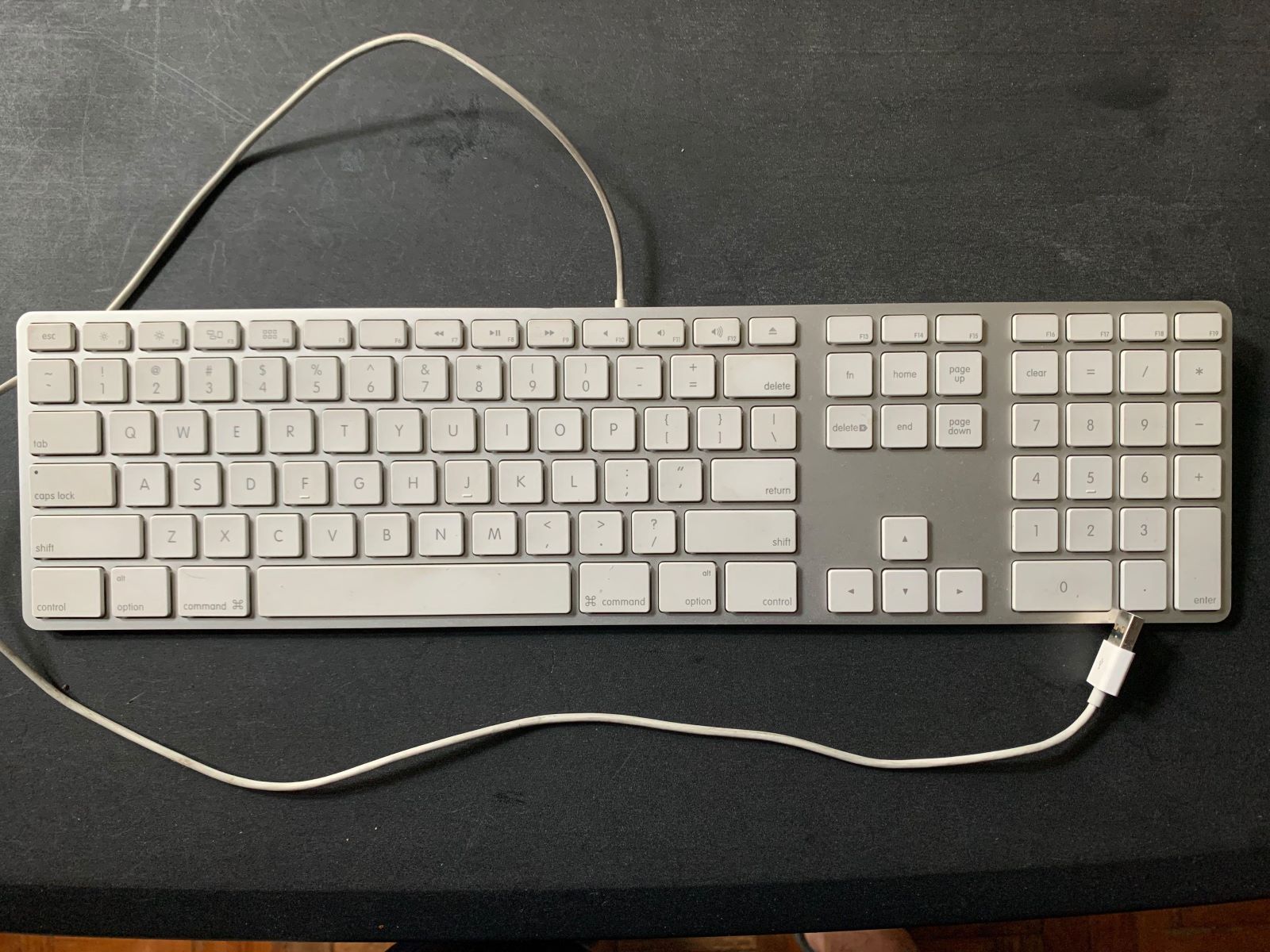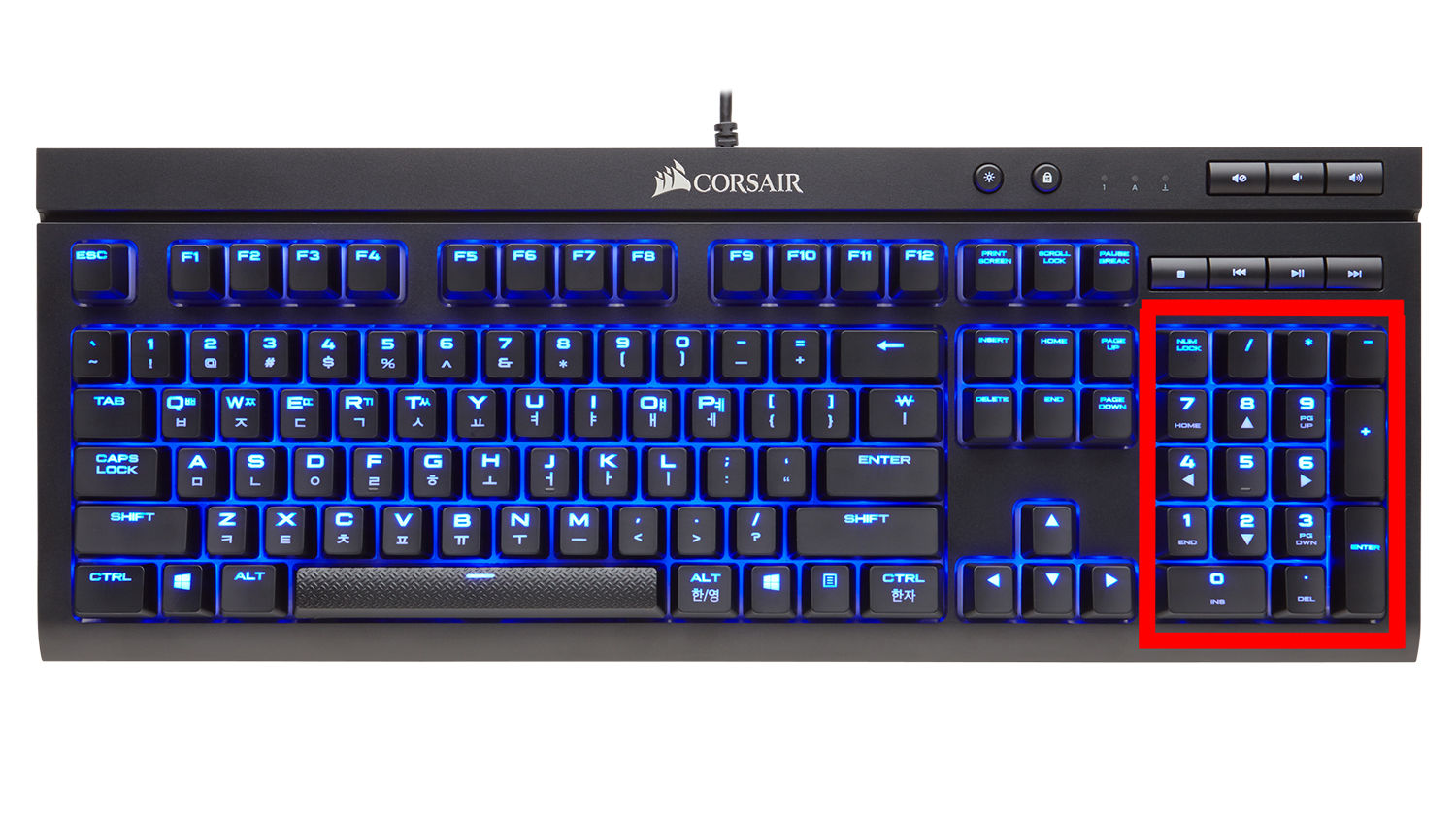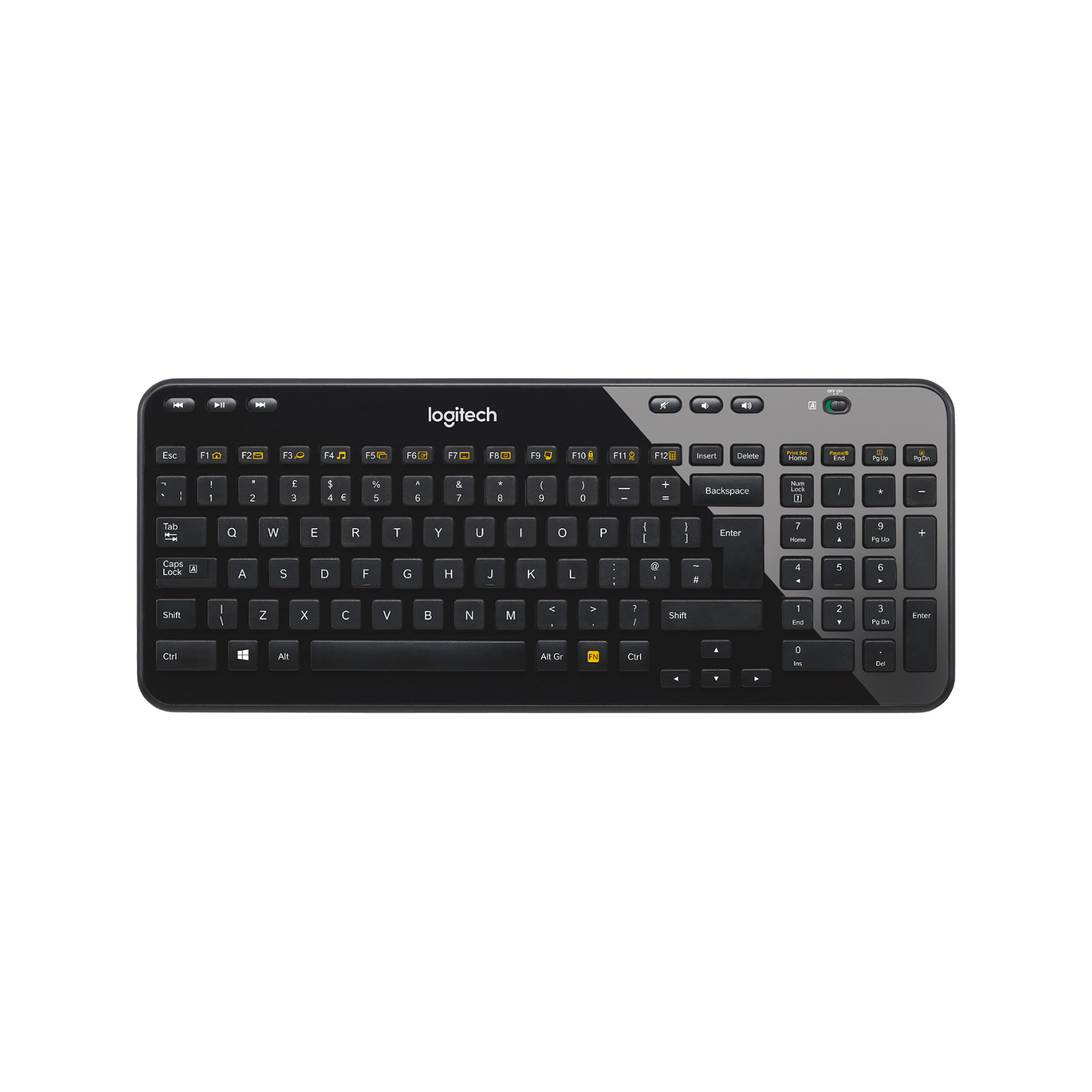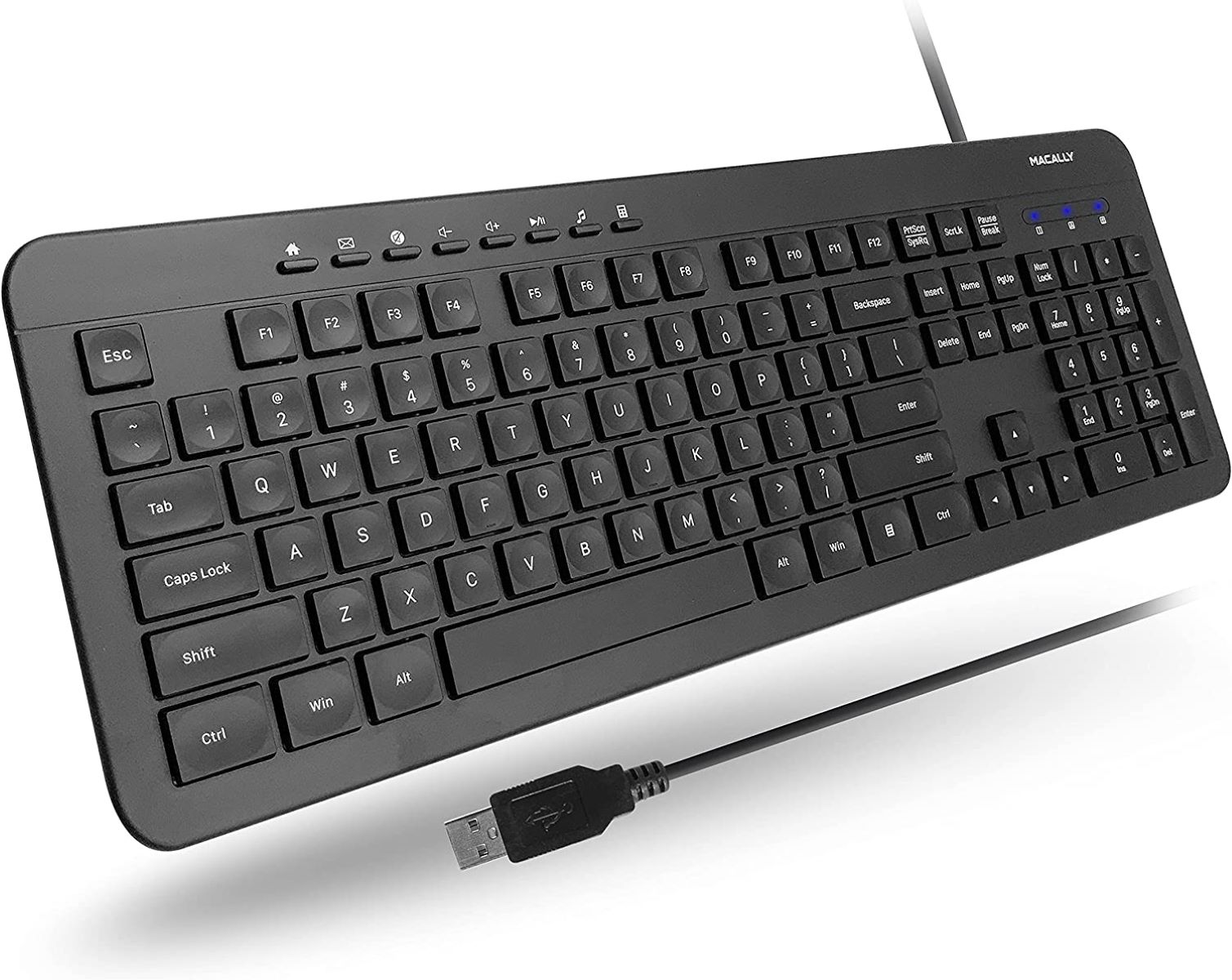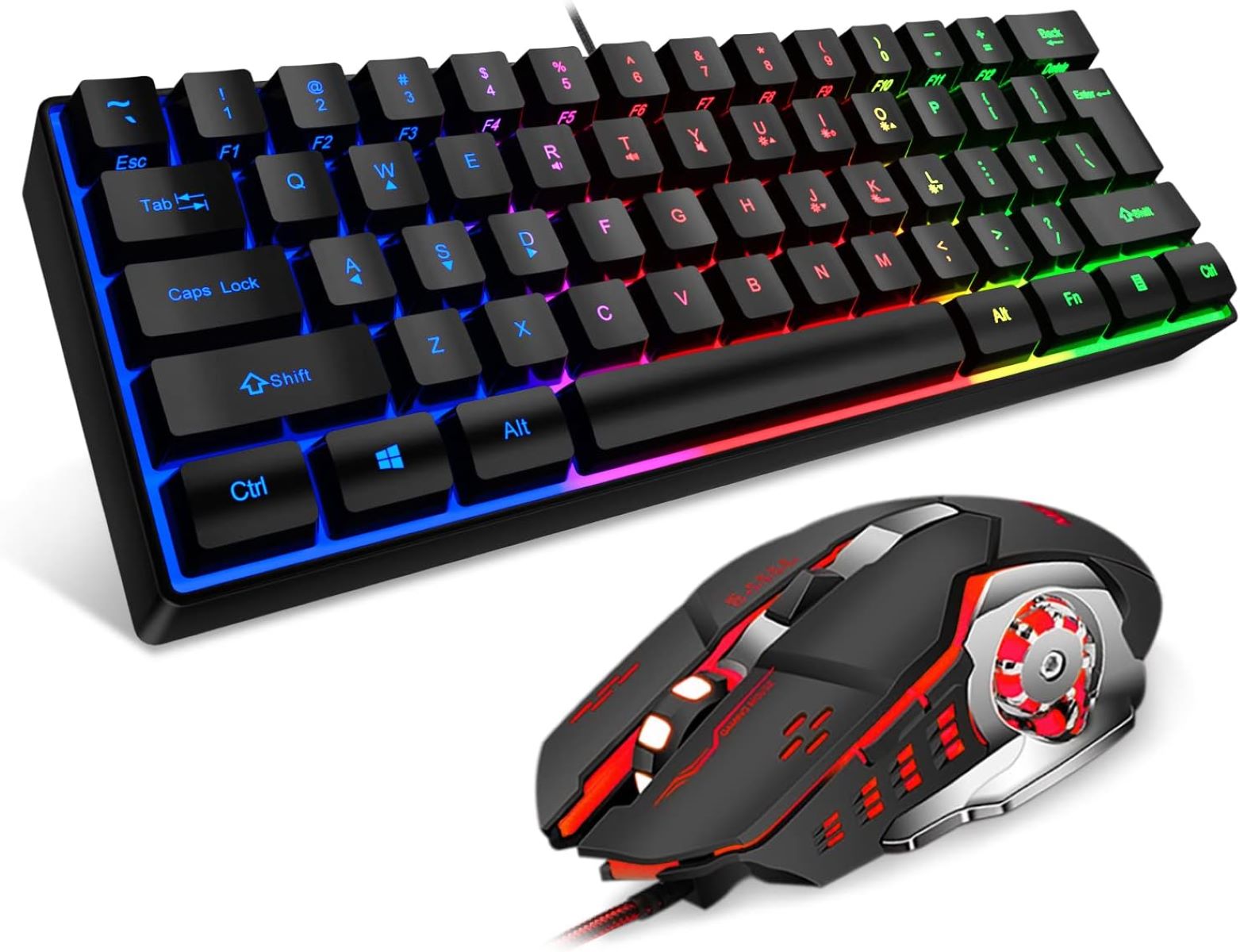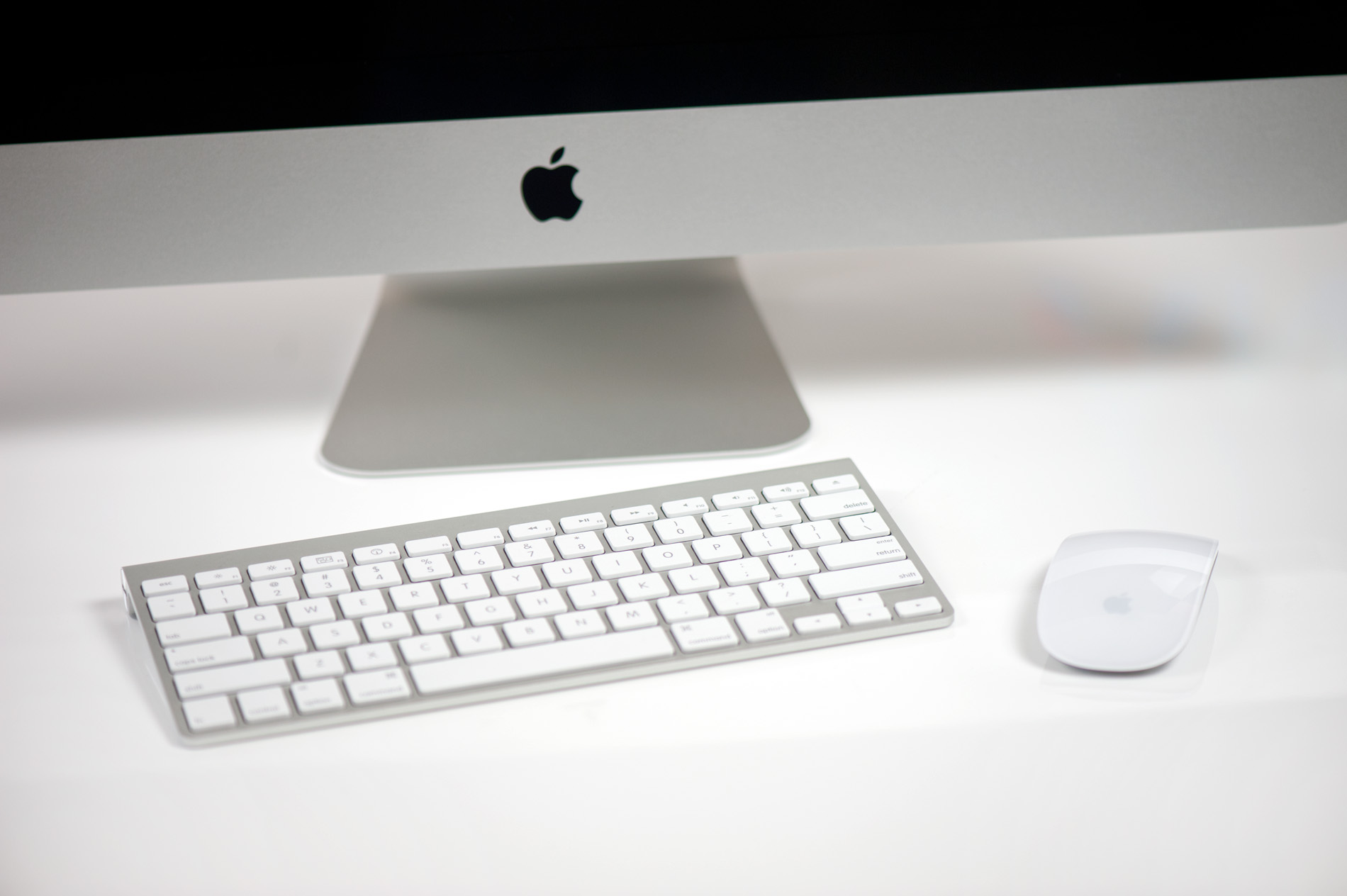Introduction
Welcome to this guide on how to lock the keyboard on your Mac. Whether you’re looking to prevent accidental keystrokes, protect your privacy, or secure your Mac from unauthorized access, locking the keyboard can be a useful feature. In this article, we’ll explore various methods to achieve this, ranging from built-in Mac features to third-party applications and even hardware options.
Typically, locking the keyboard on a Mac prevents any input from being registered, including keystrokes and mouse movements. This can be particularly beneficial in certain scenarios, such as when you want to leave your Mac unattended but don’t want anyone to tamper with it.
While Macs don’t have a dedicated key for locking the keyboard like some other operating systems, there are several ways to accomplish this task. We’ll walk you through each method, detailing the steps and highlighting the pros and cons of each approach.
It’s important to note that the methods we discuss in this guide are applicable to various versions of macOS, including macOS Big Sur, Catalina, Mojave, and earlier. So, regardless of which version you’re using, you should find a suitable option to lock your keyboard.
Before we delve into the specific methods, it’s essential to understand that locking the keyboard may not completely prevent interaction with the Mac. For example, someone with physical access to your Mac could potentially disconnect or force restart the device. Therefore, while locking the keyboard can provide an added layer of security, it’s not foolproof and should be used in conjunction with other security measures to ensure maximum protection of your Mac and its data.
Now that we’ve covered the basics, let’s explore the different methods you can use to lock the keyboard on your Mac.
Method 1: Using the Shortcuts App
If you’re running macOS Monterey or later, you can leverage the power of the Shortcuts app to lock the keyboard on your Mac. This method allows you to create a custom shortcut that triggers the lock keyboard action with a single click or keyboard shortcut combination.
Here’s how to set it up:
- Open the “Shortcuts” app on your Mac. If you don’t have it installed, you can download it from the Mac App Store.
- Create a new shortcut by clicking on the “New Shortcut” button or using the keyboard shortcut Command + N.
- In the “Shortcut Editor” window, search for “Lock Keyboard” using the search bar.
- Once you find the “Lock Keyboard” action, drag and drop it into the shortcut workflow.
- Optionally, you can customize the shortcut by adding additional actions before or after the “Lock Keyboard” action. For example, you can mute the volume or activate the screensaver.
- Click on the “Play” button at the top right corner of the window to test the shortcut. This will lock your keyboard.
- Assign a keyboard shortcut to the shortcut by clicking on the “Add Shortcut” button in the top-right corner of the window. Choose a combination that is easy to remember but not prone to accidental triggering.
- Once you’ve set up the shortcut and keyboard shortcut, you can lock the keyboard by either running the shortcut from the Shortcuts app or triggering the keyboard shortcut combination.
Using the Shortcuts app to lock the keyboard provides a convenient and customizable solution. However, it’s worth mentioning that this method requires some familiarity with the app and may not be suitable for users who prefer a more straightforward approach.
In the next section, we’ll explore another built-in method to lock the keyboard on a Mac using the Security & Privacy Preferences.
Method 2: Using the Security & Privacy Preferences
Another built-in method to lock the keyboard on your Mac is through the Security & Privacy Preferences. This method allows you to enable a feature called “Require password immediately after sleep or screensaver begins,” which effectively locks the keyboard whenever your Mac goes into sleep mode or starts the screensaver.
Follow these steps to enable this feature:
- Click on the Apple menu in the top-left corner of your screen and select “System Preferences.”
- In the System Preferences window, click on “Security & Privacy.”
- Go to the “General” tab, and you will see various security options.
- Check the box next to “Require password immediately after sleep or screensaver begins.”
- You can also customize the time delay before the password is required by clicking on the “Advanced…” button.
- Close the System Preferences window.
With this feature enabled, your keyboard will automatically lock whenever your Mac goes into sleep mode or starts the screensaver. To unlock it, you will need to enter your password.
This method is especially useful if you often step away from your Mac and want to ensure that it remains secure during your absence. However, it relies on your Mac going into sleep mode or starting the screensaver, so it may not be suitable for scenarios where you want to lock the keyboard without triggering these actions.
In the next section, we’ll explore using third-party apps to lock the keyboard on your Mac, providing additional flexibility and customization options.
Method 3: Using Third-Party Apps
If you’re looking for more advanced features and customization options, using third-party apps to lock the keyboard on your Mac is a great solution. There are several apps available that offer enhanced keyboard locking functionality.
Here are a few popular third-party apps you can consider:
- KeyboardLocker: KeyboardLocker is a simple yet powerful app that allows you to lock your keyboard with a single click or keyboard shortcut. It provides options to customize the lock duration, display a lock message, and even disable mouse input.
- Unlox: Unlox is primarily known as an app that enables you to unlock your Mac using your iPhone or Apple Watch. However, it also offers the ability to lock your keyboard remotely using your mobile device, adding an extra layer of convenience and security.
- KeyFreeze: KeyFreeze is a lightweight app that instantly locks your keyboard and mouse with a single hotkey. It’s user-friendly and doesn’t require any complex configurations, making it a straightforward choice for those who need a quick and no-fuss solution.
To use these third-party apps, you’ll need to download and install them from their respective websites or the Mac App Store. Once installed, you can follow the app’s instructions to configure and enable keyboard locking. Each app offers its own set of features, so explore their options to find the one that best suits your needs.
Third-party apps are an excellent option for those who want more control over their keyboard locking experience. They often provide additional features and customization capabilities that may not be available through built-in methods. However, keep in mind that relying on third-party apps means trusting their security and updates, so be sure to choose reputable apps from trusted sources.
In the next section, we’ll explore a method using Terminal commands for those who prefer working with the command line.
Method 4: Using Terminal Commands
If you’re comfortable working with the command line, you can use Terminal commands to lock the keyboard on your Mac. This method provides a quick and direct way to activate keyboard locking without the need for additional apps or configurations.
Follow these steps to lock your keyboard using Terminal:
- Open the Terminal application on your Mac. You can find it in the Utilities folder within the Applications folder, or use Spotlight search to locate it quickly.
- In the Terminal window, type the following command and press Enter:
sudo /System/Library/CoreServices/Menu\ Extras/User.menu/Contents/Resources/CGSession -suspend - Enter your administrator password when prompted, and press Enter.
After executing the command, your keyboard will be locked, preventing any input until you unlock it using your password. This method is particularly useful for users who prefer the simplicity and efficiency of Terminal commands and want a quick way to lock their keyboard.
It’s important to note that using Terminal commands requires caution, as executing commands with administrative privileges can have significant effects on your system. Make sure you enter the command correctly and understand the implications before proceeding.
In the final section, we’ll explore a hardware option for locking your keyboard on a Mac.
Method 5: Using Keyboard Locking Hardware
If you’re looking for a physical solution to lock the keyboard on your Mac, you can consider using keyboard locking hardware. These are specialized devices or attachments that physically block or lock the keys on your keyboard, preventing any input.
Here are a few examples of keyboard locking hardware:
- Keycap locks: Keycap locks are small covers that fit over individual keys on your keyboard, preventing them from being pressed. They are easily removable and can be placed on specific keys or the entire keyboard as needed.
- Keyboard overlays: Keyboard overlays are transparent sheets that sit on top of your keyboard and have cut-outs for each key. These overlays can be locked into place, making it impossible to press any keys beneath them.
To use keyboard locking hardware, you simply need to attach or place them appropriately on your keyboard. The locking mechanism will prevent anyone from typing on the keyboard unless the lock is removed.
Keyboard locking hardware offers a physical barrier to prevent keyboard input, which can be useful in scenarios where software-based methods are not sufficient or practical. However, it’s worth noting that this method may require additional equipment and may not be as convenient compared to software-based solutions.
With this hardware option, you can physically ensure that your keyboard is locked and inaccessible, providing an added layer of security for your Mac.
Now that we’ve explored various methods to lock the keyboard on your Mac, you can choose the option that best suits your needs and preferences. Whether you opt for built-in features, third-party apps, Terminal commands, or keyboard locking hardware, remember to consider factors such as ease of use, customization options, and desired level of security.
By implementing keyboard locking techniques, you can have peace of mind knowing that your Mac and its sensitive data are protected from unauthorized access.
Conclusion
Locking the keyboard on your Mac can be a valuable feature to prevent accidental keystrokes, protect your privacy, and secure your Mac from unauthorized access. Throughout this guide, we have explored various methods to achieve this, ranging from built-in Mac features to third-party applications and keyboard locking hardware.
We started by looking at the Shortcuts app, which allows you to create a custom shortcut to lock the keyboard with a single click or keyboard shortcut combination. This method provides convenience and customization options for those running macOS Monterey or later.
Next, we explored the Security & Privacy Preferences, where you can enable the “Require password immediately after sleep or screensaver begins” feature. This method automatically locks the keyboard when your Mac goes into sleep mode or starts the screensaver, adding an extra layer of security.
For users seeking more advanced features and customization options, we discussed using third-party apps such as KeyboardLocker, Unlox, and KeyFreeze. These apps offer additional functionality and flexibility for locking the keyboard on your Mac.
Those comfortable with the command line can use Terminal commands to quickly lock the keyboard. Executing a simple command in Terminal allows you to lock the keyboard, requiring a password to unlock it.
Lastly, we explored the option of using keyboard locking hardware, such as keycap locks and keyboard overlays. These physical solutions provide a tangible barrier to prevent keyboard input, ensuring enhanced security for your Mac.
Remember, while these methods offer different approaches to locking the keyboard, none of them guarantee foolproof security. It’s essential to use a combination of measures, such as strong passwords, screen lock features, and secure browsing habits, to protect your Mac and its data.
Choose the method that best fits your requirements, keeping in mind factors such as ease of use, customization options, and desired level of security. By implementing keyboard locking techniques, you can have peace of mind knowing that your Mac is safeguarded from unintended keystrokes and unauthorized access.







